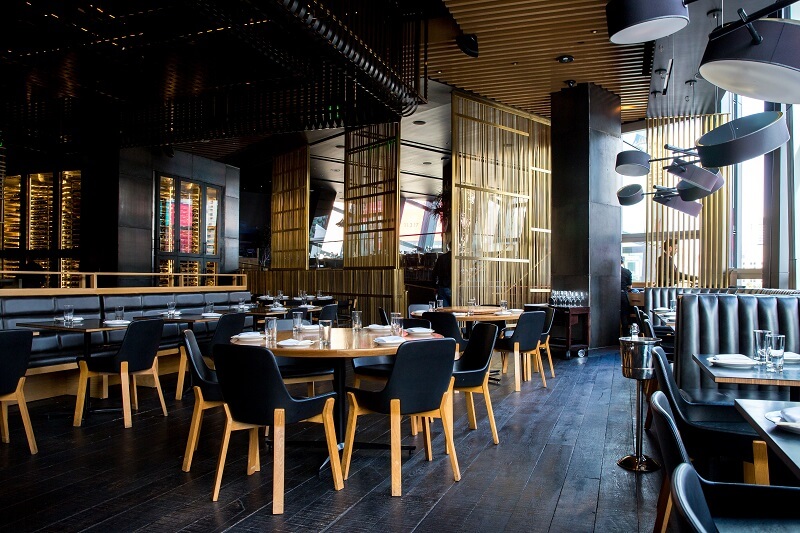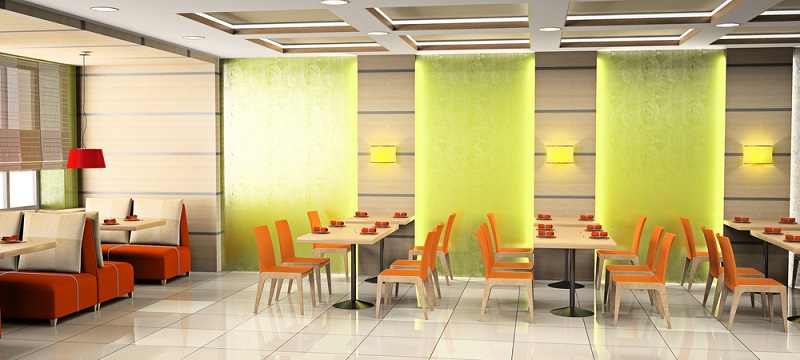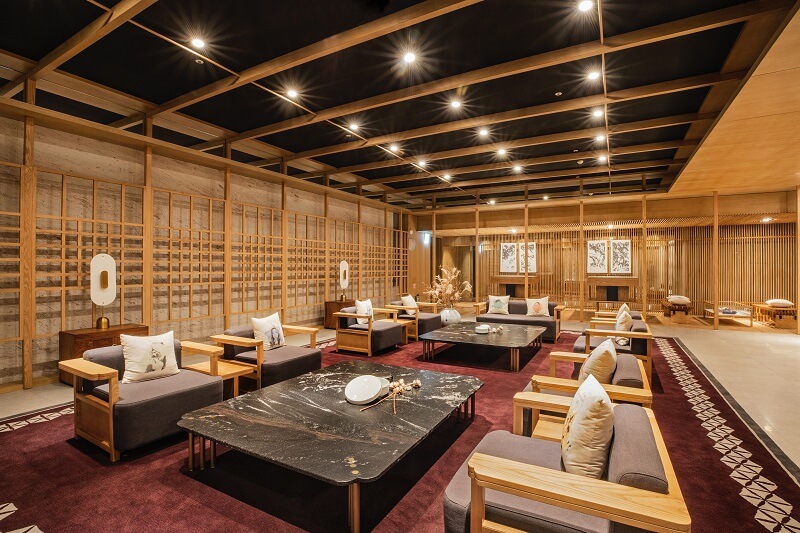Remodeling a restaurant goes beyond a mere renovation. Restaurant remodeling is a strategic investment in the business’s future. This decision often stems from the need to stay competitive and relevant in an ever-evolving culinary landscape. A well-executed restaurant renovation can reinvigorate a restaurant’s atmosphere, enhance customer satisfaction, and ultimately lead to increased profitability. With the right restaurant remodeling ideas, you can create an experience that resonates with patrons and stands out in a crowded market.
Do you wonder how to do restaurant remodeling right? Let’s explore a multitude of ideas for restaurant renovations. You will also get to know about the benefits of renovating a restaurant.
So, without further ado, let’s dive in.
Benefits of Renovating Your Restaurant
Renovating a restaurant has several tangible and intangible benefits.
- Restaurant renovation can improve functionality, increase efficiency, and potentially lead to energy savings with modern fixtures and equipment.
- Renovation can also refresh the brand. It helps you make a clear statement to customers about the restaurant’s commitment to providing a top-notch dining experience.
- By remodeling a restaurant, you can attract new customers, retain loyal ones, and stay ahead in the competitive restaurant industry.
- A renovated space can also boost staff morale. They feel proud to work in a visually appealing and functionally upgraded environment.
In short, restaurant remodeling transforms the look and feel of your space. It gives your business a boost.
Restaurant Remodeling Ideas to Consider
Let’s discuss ideas for restaurant remodeling. It covers a range of topics:
1. First Impressions:
The entrance of a restaurant sets the tone for the entire dining experience. The doorway, the facade, the signage, and the immediate interior greet the customers. An inviting
entrance with unique design elements, a clear display of the restaurant’s name, and an attractive window display or outdoor seating area can draw passersby inside. Lighting, color scheme, and even the door handle can play a role in conveying the restaurant’s theme
and level of service. All these make the first impression a crucial aspect of the remodeling process.
2. Make a List & Prioritize:
Successful remodeling starts with careful planning. This involves assessing the current state of the restaurant, identifying what works well, and pinpointing areas that need improvement. Structural issues and outdated kitchen equipment might take precedence over aesthetic changes. Creating a detailed list helps with budget allocation and ensures that essential renovations get the attention they need first. This process also helps in phasing the remodel, minimizing disruptions to business operations, and allowing for adjustments based on customer feedback and operational efficiency.
3. Update Furniture
Furniture plays a key role in the comfort and aesthetic appeal of a restaurant. Choosing the right pieces can transform the look and feel of the space. Consider the style, material, and durability of furniture. In addition, think about how the furniture can complement the overall theme of the restaurant. Ergonomically designed chairs and well-sized tables can enhance the dining experience significantly. Furniture selection also extends to the bar area, outdoor seating, and even waiting areas. Each area requires a thoughtful approach to match the desired ambiance and functionality.

4. Outdoor Dining
An attractive outdoor dining area can significantly enhance a restaurant’s appeal, especially in locales with favorable weather. Key considerations for outdoor spaces include durable and comfortable furniture, weather protection like umbrellas or awnings, and effective heating or cooling solutions. Landscaping and lighting play a crucial role in creating a pleasant atmosphere. Additionally, ensure a seamless transition from indoor to outdoor spaces. This way, you can enhance the overall dining experience. Outdoor dining areas offer a chance for creative expression, whether through garden elements, water features, or unique lighting.
5. Bathrooms
Bathrooms in a restaurant reflect its attention to detail and commitment to customer comfort. A clean, well-designed bathroom can leave a lasting positive impression on diners. Upgrades might include modern fixtures, efficient lighting, and high-quality hand washing facilities. The design should align with the overall aesthetic of the restaurant. It creates a cohesive experience for the guest. Additionally, ensuring bathrooms are accessible and meet all regulatory requirements is crucial. Thoughtful touches like quality hand towels,
pleasant scents, and elegant decor can elevate the bathroom from a mere necessity to an extension of the dining experience.
6. Art and Accessories
Art and accessories add personality and character to a restaurant. This could range from paintings and sculptures to unique tableware and decorative lighting. The choice of art should resonate with the restaurant’s theme. It also contributes to the storytelling aspect of the dining experience. Accessories like vases, wall decor, and the presentation of the menu can play a role in enhancing the ambiance. Restaurateurs can get creative and showcase local artists or incorporate elements that reflect the restaurant’s heritage and culinary focus.
7. Color
Color has a profound impact on the ambiance of a restaurant. It can evoke emotions, stimulate appetite, and create a specific mood. Choosing the right color palette is important. It involves considering the psychology of colors in relation to the type of cuisine served and the desired dining experience. Warm colors can create a cozy and inviting atmosphere. Cool colors might contribute to a formal and serene dining environment.

Consider how color will interact with lighting and other design elements to create a cohesive and appealing space.
8. Creative Lighting
Lighting in a restaurant can dramatically affect the mood and overall dining experience. Different areas of a restaurant may require different lighting solutions. You may choose bright and functional lights in the kitchen, soft and ambient lights in the dining area, and more dramatic and focused lights in the bar area. Innovative lighting solutions can include a mix of overhead lights, accent lights, and even candles or lanterns for an intimate feel. The right lighting can highlight architectural features, artwork, and create the perfect setting for a memorable dining experience.

In conclusion,
Remodeling a restaurant is a strategic investment. It rejuvenates physical space. It also reinvigorates the brand, staff, and customer base. By thoughtfully consider each aspect of the restaurant renovations. Focus on the entrance, the interior details, and more. This way, you can create an inviting and memorable dining experience that resonates with your target audience.
FAQs
- What is the best size table for a restaurant?
The ideal table size depends on the restaurant’s concept and customer base. A mix of sizes can cater to different group dynamics, from intimate two-person tables to larger ones for groups and families.
- What makes a restaurant luxurious?
Luxury in a restaurant is defined by a combination of high-end decor, exceptional service, gourmet cuisine, and an overall atmosphere of exclusivity and elegance. Attention to detail in every aspect of the dining experience is key.

